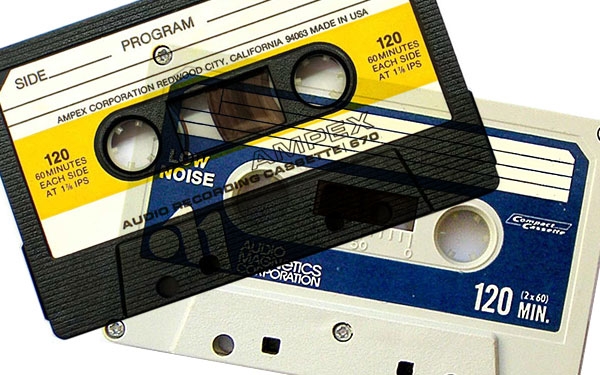| Columns Retired Columns & Blogs |
So many problems with cassettes... Besides TDK circa early 1970's, no other brands matched up in non-jamming reliability. You might not notice on C-60 lengths, but at C-90 lengths the next best brands had an unacceptable failure rate. The heads on my Advent 201 wore so quickly that they started chewing my tapes and ruining them. Audio magazine alone had an explanation of that. Advent had some small playback-only decks, and those heads were also crap. The "glass-and-crystal-ferrite" heads favored by AKAI (as I remember) were much better. In commercial pre-recorded cassettes, Columbia used tape that did not have impregnated silicone, and every one of those would fail after 5-10 plays. As far as I know, they never fixed that.
Nakamichi decks had great transports - dual capstans and servo motors that could keep wow and flutter to a minimum, but I never got that far, using only a playback Nakamichi deck and an open-reel recorder until CDs and the Sony digital recorders arrived.








































